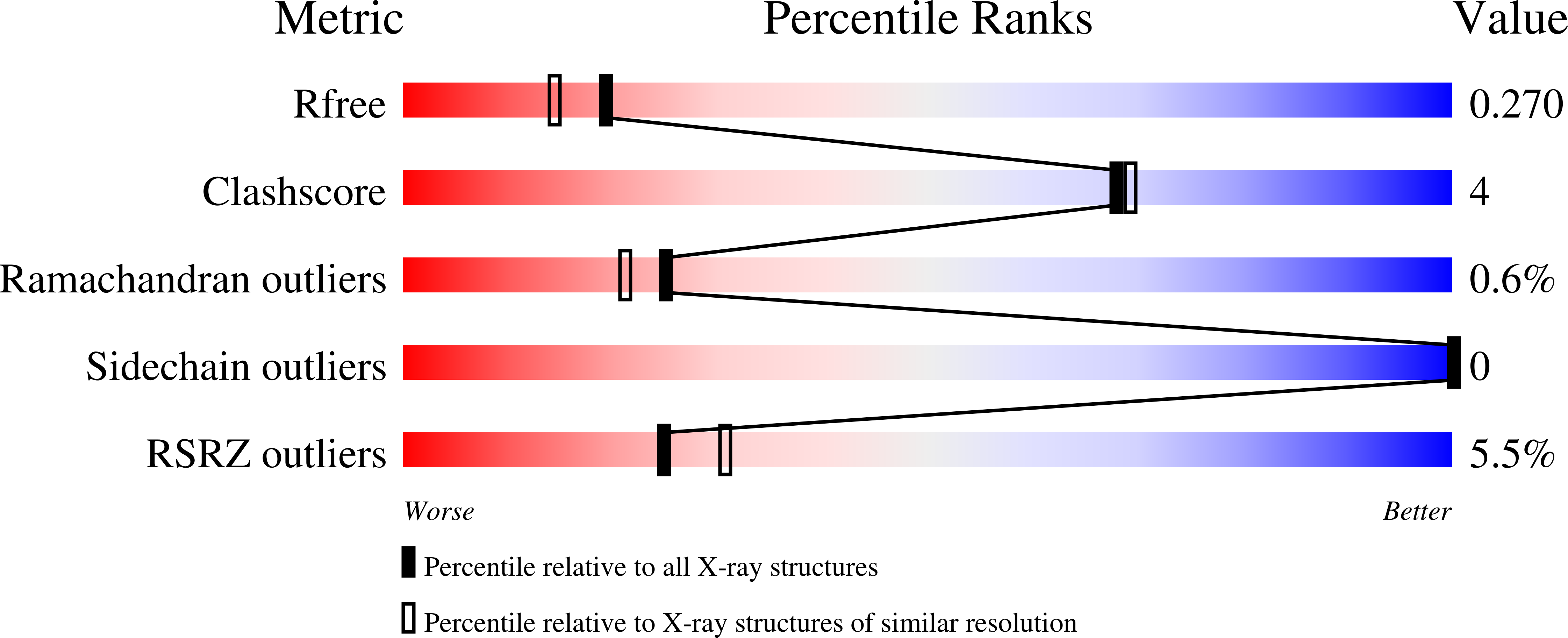
Deposition Date
2022-10-25
Release Date
2022-11-23
Last Version Date
2022-11-23
Entry Detail
PDB ID:
8BFE
Keywords:
Title:
A dimeric de novo coiled-coil assembly: PK-2 (CC-TypeN-LaUbUcLd)
Biological Source:
Source Organism:
synthetic construct (Taxon ID: 32630)
Method Details:
Experimental Method:
Resolution:
2.10 Å
R-Value Free:
0.26
R-Value Work:
0.22
R-Value Observed:
0.22
Space Group:
C 1 2 1


